Table of Contents
Aging is a natural process. It’s something that happens to all of us starting the day we’re born. But, have you ever wondered why some people look much older than they are while others seem ageless?
Besides the genetic lottery, there’s something bigger at play in the world of how our skin ages. Because, believe it or not, sun exposure contributes to 80% of the visible signs of aging!1
We’re here to explain the effects of this phenomenon – also known as photoaging – plus the essential steps to help prevent and repair it.
Let’s get started.

First, let’s talk sunlight
The sun is an essential part of life, contributing to our mood and well-being, while also playing a key role in the synthesis of vitamin D. However, the sun continually emits something called electromagnetic radiation.

Sound complicated? Don’t worry. You’re already familiar with a few types of this radiation: ultraviolet A (UVA) and ultraviolet B (UVB). And these two types of solar radiation affect your skin in both the short and long term.
What is photoaging?
At ISDIN, we talk a lot about photoaging. In fact, we consider ourselves experts in the matter. But what is photoaging, exactly? The key lies in that little prefix “photo”; meaning “relating to light.” And in this case, the UV light emitted from the sun.
“Photoaging refers to the process where UV radiation accelerates the signs of skin aging, such as dark spots and fine lines,” shares Aurora Garre, MD, ISDIN Medical Director. And it does so more than anything else in your environment or skin exposome.
Here’s how it happens:
UV radiation reaches your skin
Those UVA rays we mentioned? They’re responsible for long-term damage and photoaging. “Deeply penetrating into the skin and breaking down collagen, UVA radiation contributes to the appearance of fine lines and wrinkles.” says Dr. Garre.
And UVA rays can be sneaky. Unlike UVB rays, they don’t cause sunburns or any immediate changes to your skin. And they definitely don’t take time off. UVA radiation reaches you while you’re outdoors or indoors, freely passing through windows and causing long-term effects on your skin.
Too much sun produces free radicals in the body
This UV radiation, in turn, can provoke something called free radicals (unstable molecules). Free radicals break down proteins at the deepest layers of the skin, causing both cell and DNA damage.
The body tries to fight off the harmful free radicals
Luckily, your body has a natural defense against these free radicals: antioxidant production. Dr. Garre explains, “Antioxidants help to neutralize free radicals and counter the effects of UV radiation.”
When it’s all too much, signs of aging show up
What happens when the number of free radicals becomes too great for your natural antioxidant defenses to fight off? That’s called “oxidative stress” and it’s what leads to – you guessed it – visible signs of aging.
What does sun-damaged skin look like?
Skin aging is a natural (and unavoidable) process. Our body slows the production of elastin and collagen over time, causing the skin to lose elasticity.
What about when we add sun damage into the mix? Turns out, “Sun exposure can invite the visible signs of skin aging to appear up to 20 years early,” advises Dr. Garre. And while signs of aging are nothing to be afraid of, you probably don’t want to speed things up.
Photodamage is the main cause of these common skin concerns:
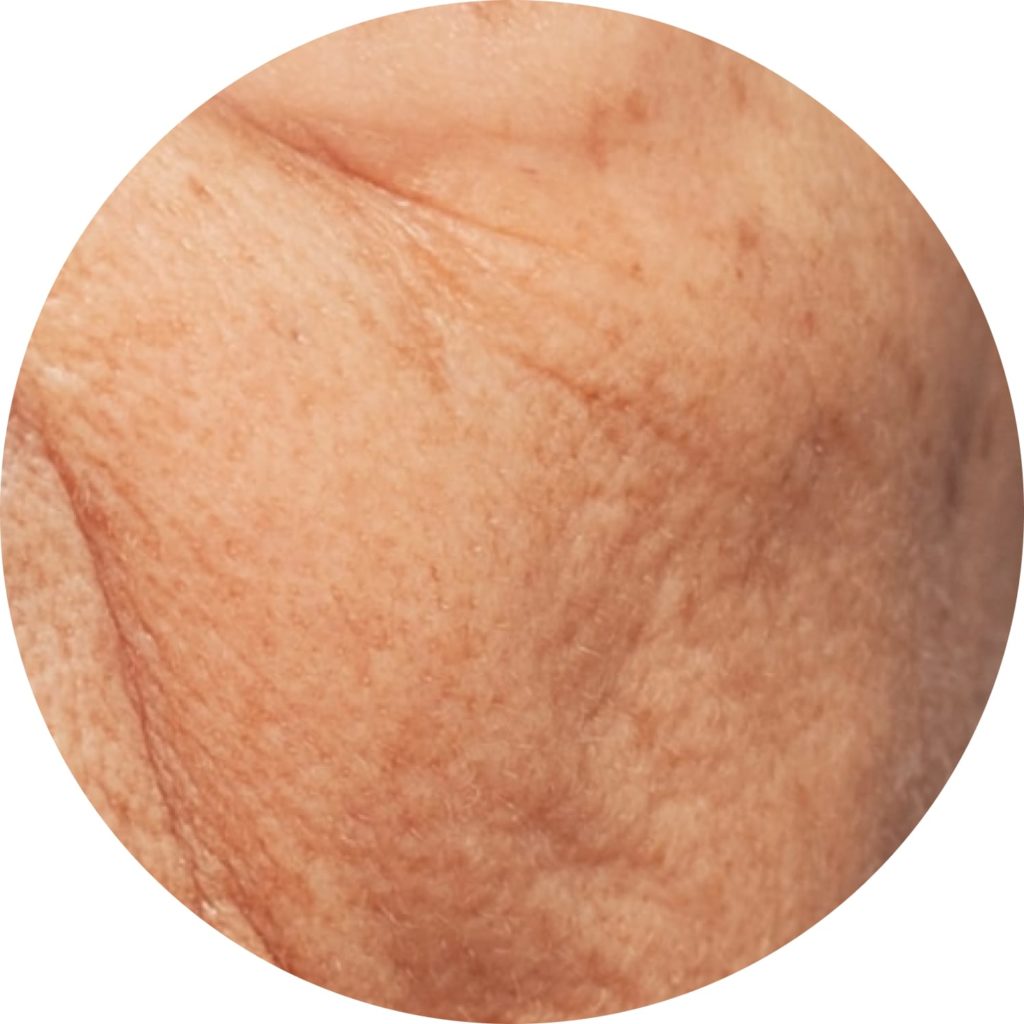
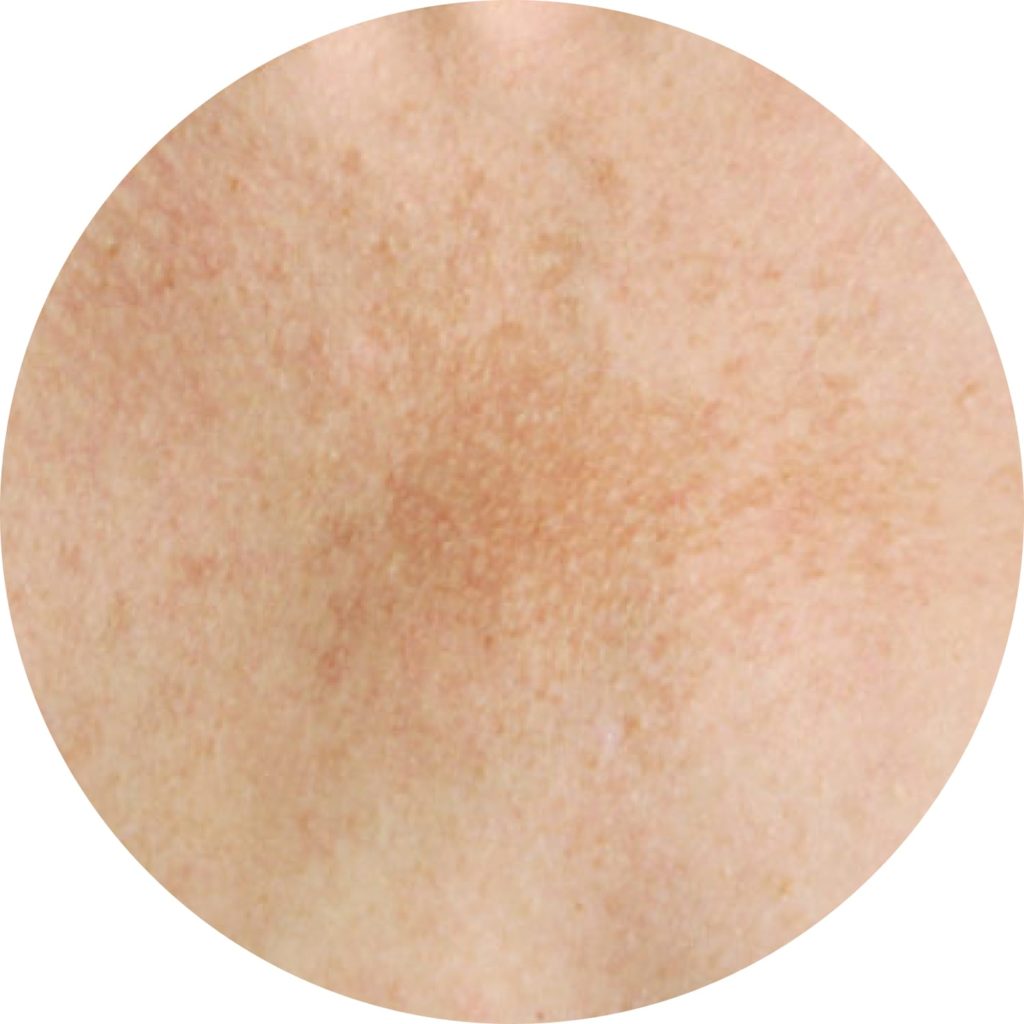
Dark spots and uneven skin tone
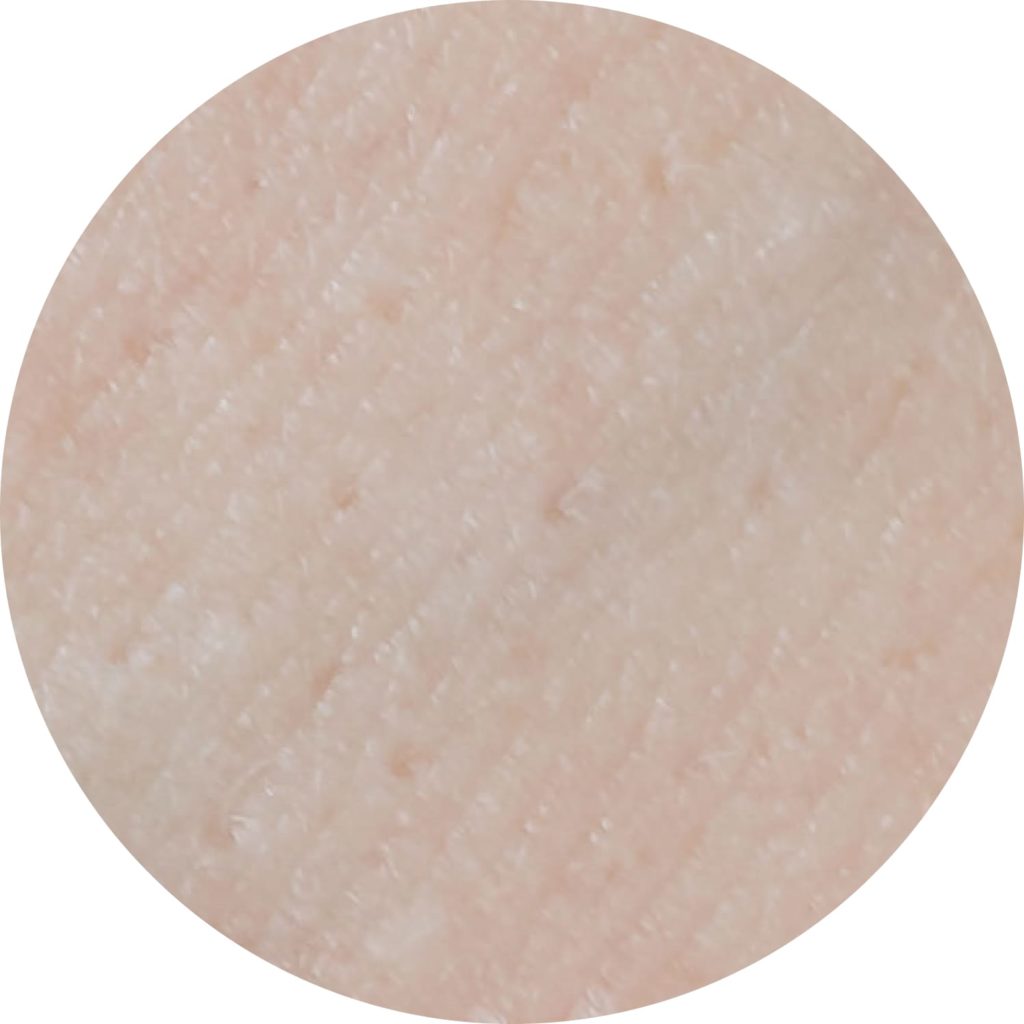
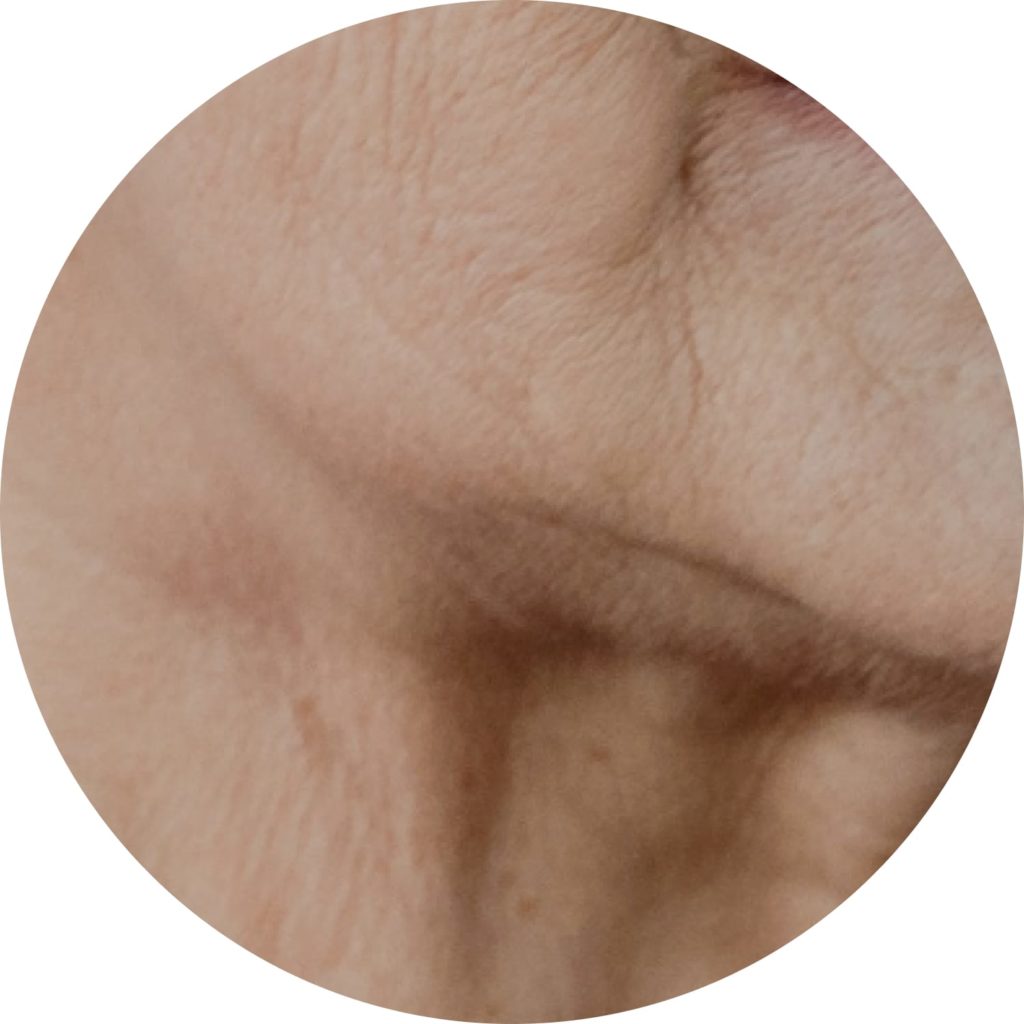
Can you prevent photoaging?
Fortunately, there are four key things we can do to take care of our skin and ward off photoaging. It’s essential to develop these sun protection habits – and the earlier, the better.
1. Use a good sunscreen every day
Using sunscreen daily decreases the number of UV rays absorbed by the skin, protecting it from harmful sun exposure. So, make sure to protect your skin from the sun’s radiation every day, in every season.
Reach for a broad-spectrum mineral sunscreen with a high SPF (at least SPF 30) to protect your skin and help prevent visible signs of photodamage. Consistency is key, so make sunscreen a staple in your morning skincare routine.
2. Apply sunscreen properly
Here are some quick tips on how to apply sunscreen, the right way:
- Pay special attention to sun-exposed areas, particularly your face, neck, decolletage, and hands to help reduce the visible signs of photoaging.
- Build sunscreen into your morning skincare routine. Apply 20-30 minutes before sun exposure and reapply at least every two hours.
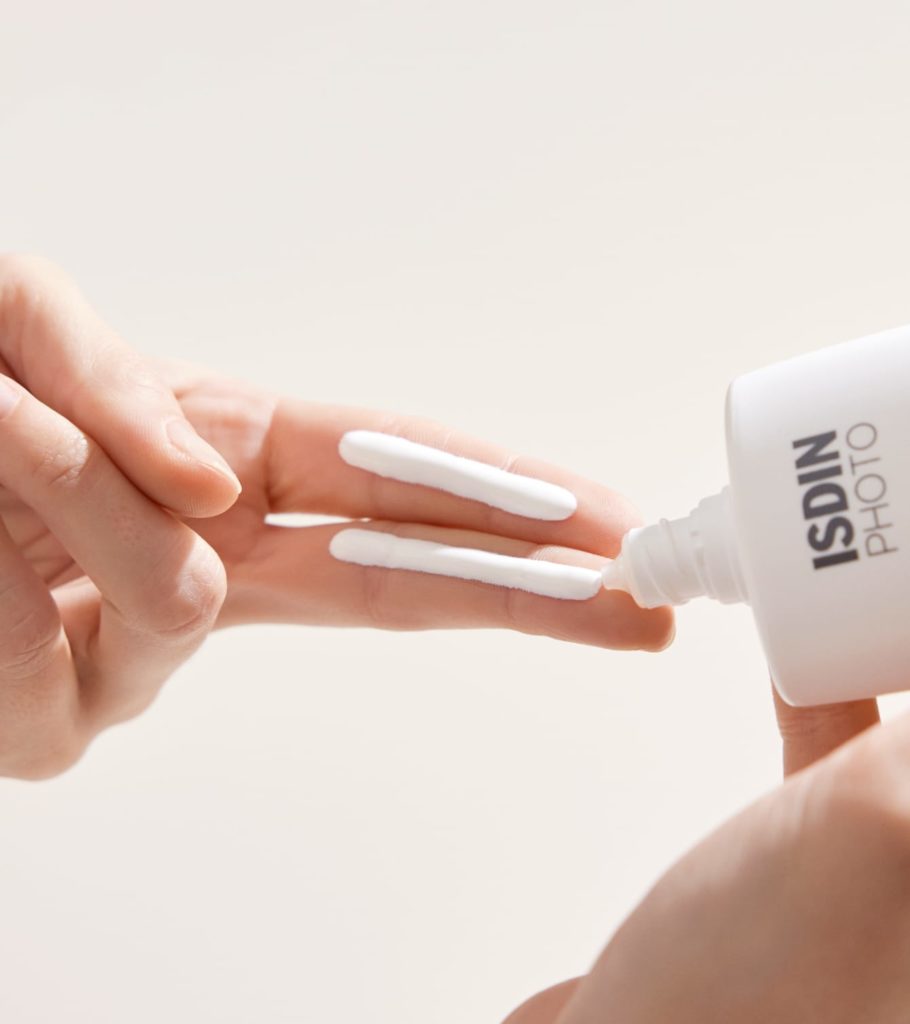
- Use the ‘two line’ rule for the face. Dispense two lines of sunscreen from the bottom of the finger to the tip to protect your face and neck. For body sunscreen, two shot-glasses-worth is generally considered enough.
- Lips are also particularly prone to photoaging, as the skin on them is so delicate. So be sure to wear a lip balm with at least SPF 30.
3. Avoid the sun at critical times
We can’t turn the sun off when we feel like it, but we can limit our exposure when the sun’s rays are more harmful. Try to limit sun exposure between 10 a.m. and 4 p.m., when UV radiation is usually at its strongest. Or check out the current UV index in your area to get the most accurate info.
4. Rely on your wardrobe
You can also protect your skin from the sun and photoaging with protective clothing. Try to keep the most sensitive areas of your body covered, like your face, neck, and chest.
Good quality sunglasses will also help to protect your eyes from sun damage. The American Academy of Ophthalmology has some great tips on choosing the ideal sunglasses to protect your eyes.
Can sun-damaged skin be repaired?
Already seeing changes in your skin and wondering if it’s too late to reverse sun damage? Not to worry. There are three key things that can help tackle the signs of photoaging. Take note!
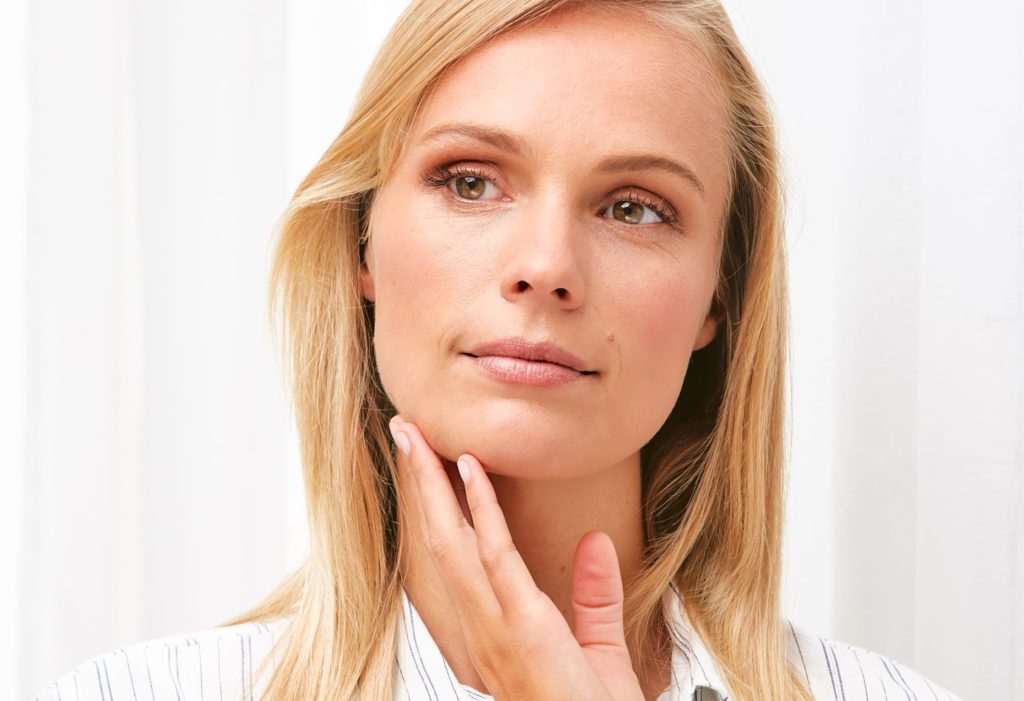
1. Repair skin stress with antioxidants
As we mentioned, antioxidants are great at combating oxidative stress and in turn, photoaging. So if you’re looking to repair photoaging from sun damage on skin over time, products containing vitamin C and other antioxidants are the ideal choice.
Serums, in particular, are straightforward formulas that give your skin the daily antioxidant care it deserves. Try a daily antioxidant serum like Flavo-C Ultraglican each morning. Or try a restorative night serum like Isdinceutics Melatonik®, containing melatonin. This ingredient acts as an indirect antioxidant to repair the skin at night.
2. Revitalize skin with effective ingredients
If you’re noticing dark spots and uneven skin tone, look to brightening skincare formulas with ingredients like niacinamide or glycolic acid. These help to correct imperfections, even out skin tone, and reduce the intensity and number of dark spots.
If wrinkles are top of mind, reach for ingredients with moisturizing and firming properties, such as hyaluronic acid. This hydrating acid plays a role in skin repair and combats the look of fine lines.
3. Discover sunscreens that do more
With innovative formulas, your sunscreen can also do more than protect you from radiation – it can help reverse its effects. Thanks to the patented ingredient DNA Repairsomes®, our Eryfotona sunscreens have been shown to help repair damage caused by the sun. Choose from classic or tinted to quickly conceal imperfections.
So while the process of photoaging is a bit complex, an anti-photoaging routine is actually quite simple. Adding sun protection and antioxidant ingredients to your regimen is your best bet for healthy, beautiful skin at any age!
Sources and references:
1Flament et al. Effect of the sun on visible signs of aging in Caucasian skin. In Clinical, Cosmetic and Investigative Dermatology (2013); 6: 221-232.
Zhang, S., Duan, E. Fighting against Skin Aging: The Way from Bench to Bedside. In Cell Transplant (2018); 27(5): 729-738.
Naidoo, K., Birch-Machin, MA. Oxidative Stress and Ageing: The Influence of Environmental Pollution, Sunlight and Diet on Skin. In Cosmetics (2017): 4, 4.
Ahmad, R. Introductory Chapter: Basics of Free Radicals and Antioxidants. In Free Radicals, Antioxidants and Diseases (2018), IntechOpen
Kiefer, J. Effects of Ultraviolet Radiation on DNA. In Obe G., Vijayalaxmi (eds) Chromosomal Alterations (2007). Springer, Berlin, Heidelberg.
Pai, VV., Shukla, P., Kikkeri, NN. Antioxidants in dermatology. In Indian Dermatology Online Journal (2014) Apr-Jun; 5(2): 210-214.

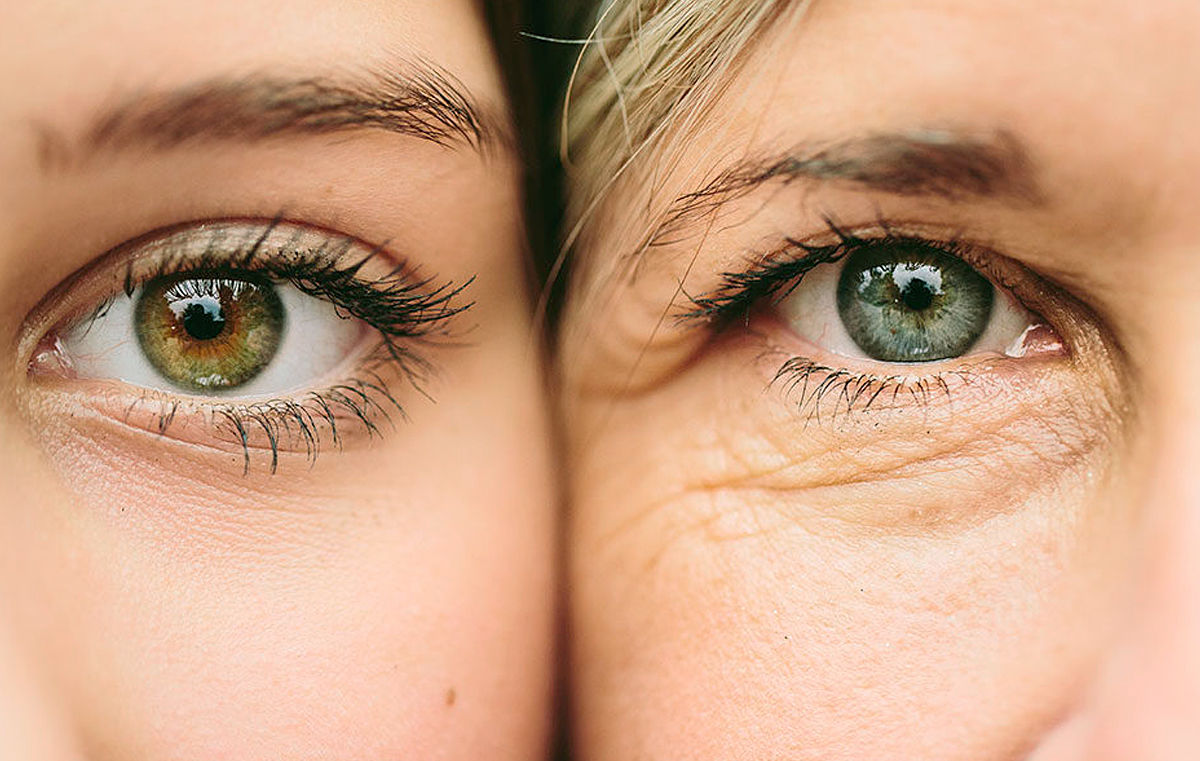




More Stories
CoolSculpting for Valentine’s Day!
‘Gold standard’ star holds a record number of elements
How Hearing Loss Is Changing Around The World